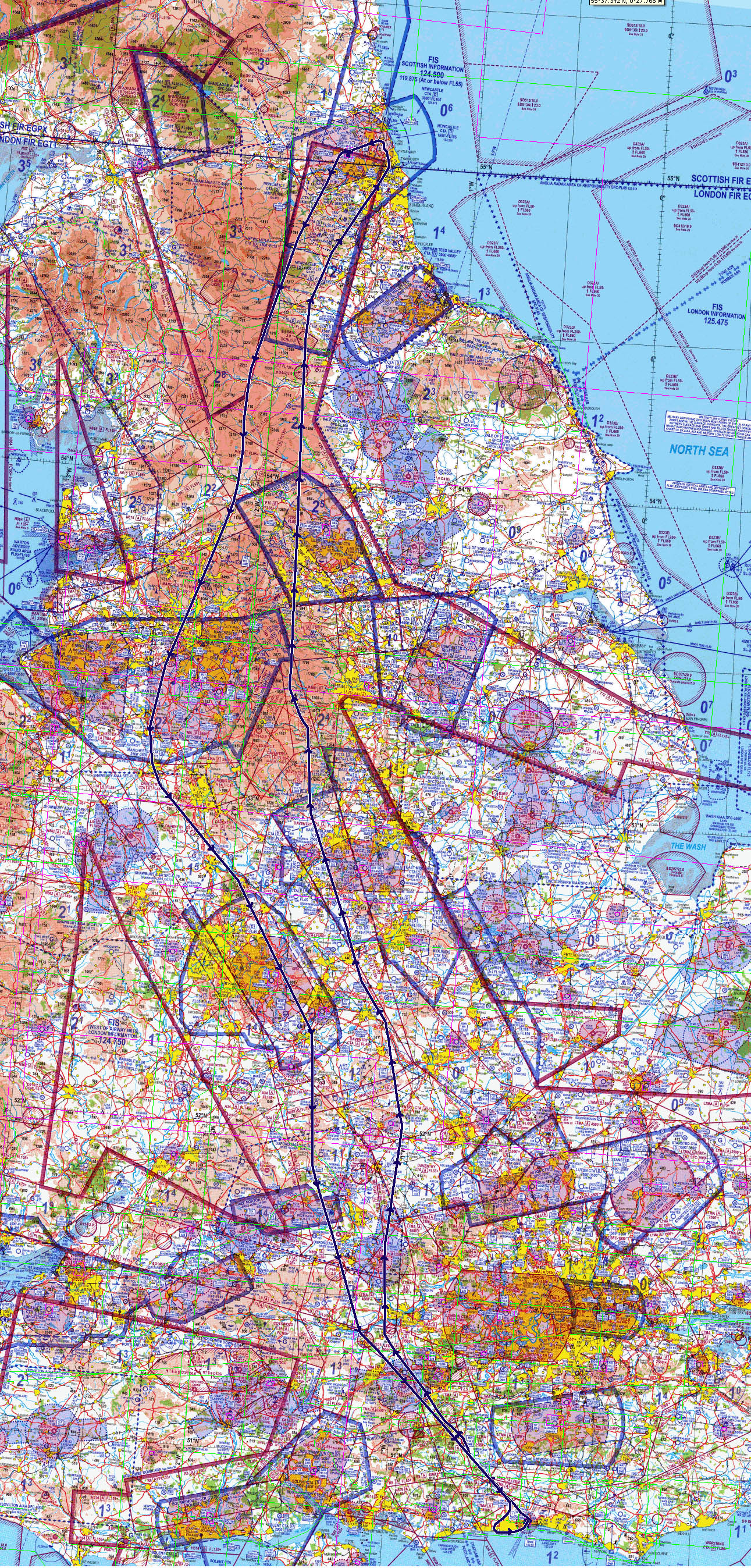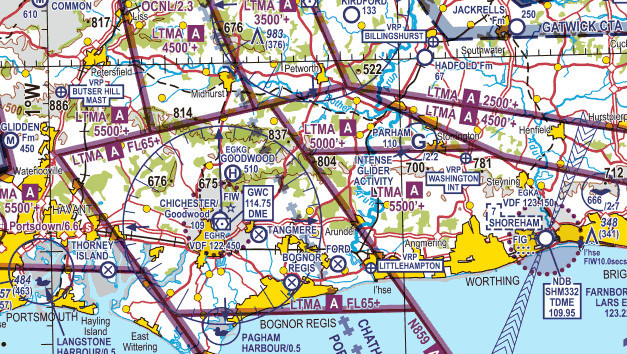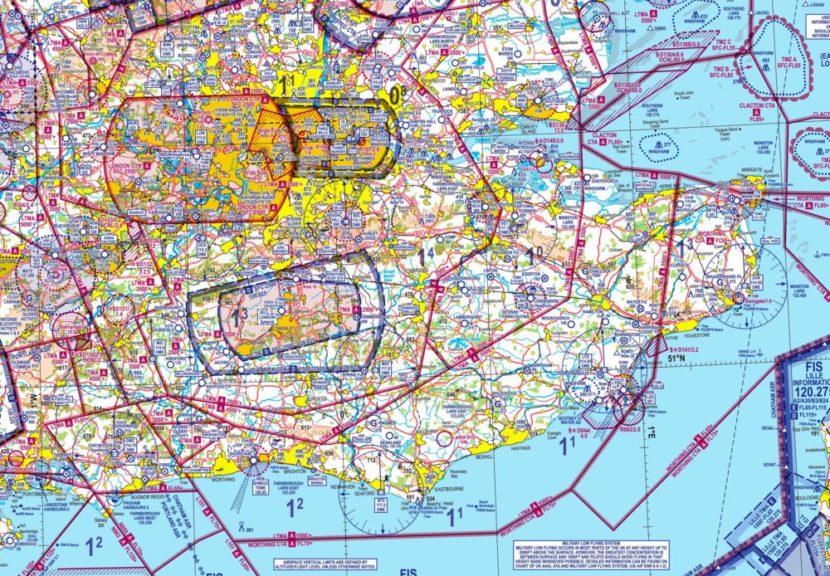class g airspace uk
Airspace DesignPortal Account Creation Request Form Current. Class G is uncontrolled airspace generally underneath and is exclusive of the Class E airspace above it.
What Does Class E Airspace Look Like Quora
This means there are no restrictions on.
. Statement The Application of ICAO Airspace Classifications in UK Flight Information Regions4 16. Pilots are free to fly when and where they wish within laws and reason. The most common controlled airspace zone that will affect where a pilot is allowed to fly their UAV is category D.
If your drone pilot is flying a drone that weighs under 7kg then these. Class C airspace in the UK extends from Flight Level FL 195 19500 feet to FL 600 60000 feet. In the UK all airspace previously designated as class F was re-assigned to either class E or G on 13 November 2014.
Which aircraft can enter it. In class G airspace aircraft may fly when and where they like. Both IFR and VFR permitted but clearance to enter required from.
If the flight involves this airspace then the pilot must apply ahead of time for special permissions to fly if their drone is in the 7-20 kg category. NATS is the custodian of UK airspace managing the invisible infrastructure that helps a wide range of airspace users to fly safely. All remaining airspace comprising by far the largest part of the airspace below FL 195.
Class G airspace extends from the surface to the base of the overlying Class E airspace. In class G ie. Those parts which lie within the boundaries of the Belfast TMAsCTRs and Scottish TMAs.
London TMA Terminal Manoeuvring Area VFR flight not permitted unless any local agreements on which you must be briefed Class B none in UK Class C airspace in the UK extends from Flight Level FL 195 19500 feet to FL 660 66000 feet. In the UK class G airspace is uncontrolled. When approaching to land at an airport without an operating tower airplane must make all turns.
2111 The following Airspace is notified Class A Airspace. All Control Areas Airways below FL 195 as notified within the UK FIR With the exceptions listed below. Londons busy airspace contains all three of the UK controlled classes.
It makes up a large portion of the country. For the purpose of the FAS and this paper these users. Which aircraft can enter it what equipment the aircraft must carry the routes taken by the aircraft.
S11 Class G airspace in the UK continues to evolve and contain a very broad range of activity from Commercial Air Transport to high energy military to all types of sport and recreational flying. In the UK class G airspace is uncontrolled. Classes A C D and E are areas of controlled airspace and G is uncontrolled airspace.
Analysis S21 User requirements for 21st Century Class G airspace continue to be wide ranging and. THE CONTEXT FOR CLASS G AIRSPACE IN THE UNITED KINGDOM 31 Current Use of Class G Airspace 312 7KH 8V DLUVSDFH VVWHP KDV WR EDODQFH WKH VXSSO RI DLUVSDFH FDSDFLW ZLWK GHPDQG from a diverse range of users. The UK is unusual in that it has not adopted a widespread class E system of airways for most airspace lower than FL 70.
Although Class E airspace is controlled if flying VFR radio communication is not required and neither is a transponder if flying below 10000ft MSL. This autonomy is a fundamental concept within Class G operations. The leisure flying and aerial sports sector within General Aviation tends to operate in class G alongside a.
In the UK all other airspace is controlled and aircraft are directed by air traffic controllers. The FAS NATMAC Sub Group has been tasked to do this work under the Future Airspace Strategy and contribute the output to the State Safety Programme. Uncontrolled airspace there are currently no restrictions on which aircraft can enter it or the routes they take.
To enable the continued evolution of UK Class G Airspace and operations within it. Controlled and uncontrolled airspace. The aircraft we see in our skies are using an intricate and highly structured route network which keeps us safe as we fly from A to B from the moment we take off to touchdown at our destination.
This means there are no restrictions on. With certain exceptions Class E airspace extends upward from either 700 feet or 1200 feet AGL to but does not include A -. Airspace Class A eg.
Although ATC has no authority or responsibility to control the ATC pilots should remember there are visual flight rules minimums which apply to Class G airspace. Across the world airspace is structured according to internationally agreed principles. Changes To Vfr In Class D Airspace Deeply Flawed Flyer Those parts of the Channel Islands TMA South which lie within the Brest FIR are notified as Class E Airspace and are controlled by Brest ACC.
Both IFR and Visual Flight Rules VFR flying is permitted in this airspace but pilots require clearance to enter and must comply with ATC instructions. Airspace is divided into 3-dimensional blocks which are classified from class A to class G airspace. This is the only uncontrolled airspace in the UK.
This airspace is usually well away from licensed Aerodromes and busy flight paths. Class E airspace is controlled and generally fills in the gaps between the other airspace. Therefore for light aircraft.

Aviation Charts Uk Airspace Maps Aeronautical Chart Flightstore

Trip To Newcastle January 2011

Completed Archives Page 2 Of 3 Student Pilot Guide

Drone Guide To Understanding Airspace
What Does Class E Airspace Look Like Quora
Regulations Vfr Minimums Learn To Fly Blog Asa Aviation Supplies Academics Inc

Uk Airspace Classes And What They Look Like On A Chart General Paramotor Discussion Www Paramotorclub Org

The Hidden Secrets Of Uk Airspace Airspace Classifications Nats Blog

Class G Airspace Everybody Struggles With This One Online Ground School Youtube

Uk Airspace Classes And What They Look Like On A Chart General Paramotor Discussion Www Paramotorclub Org

Crash Talk D Espj Tb20 Crash Near Annecy France 25 11 2016
What Is Class G Airspace Quora

A Question For Private Pilots Based In London Uk 23 By Tomwismann General Discussion Microsoft Flight Simulator Forums





